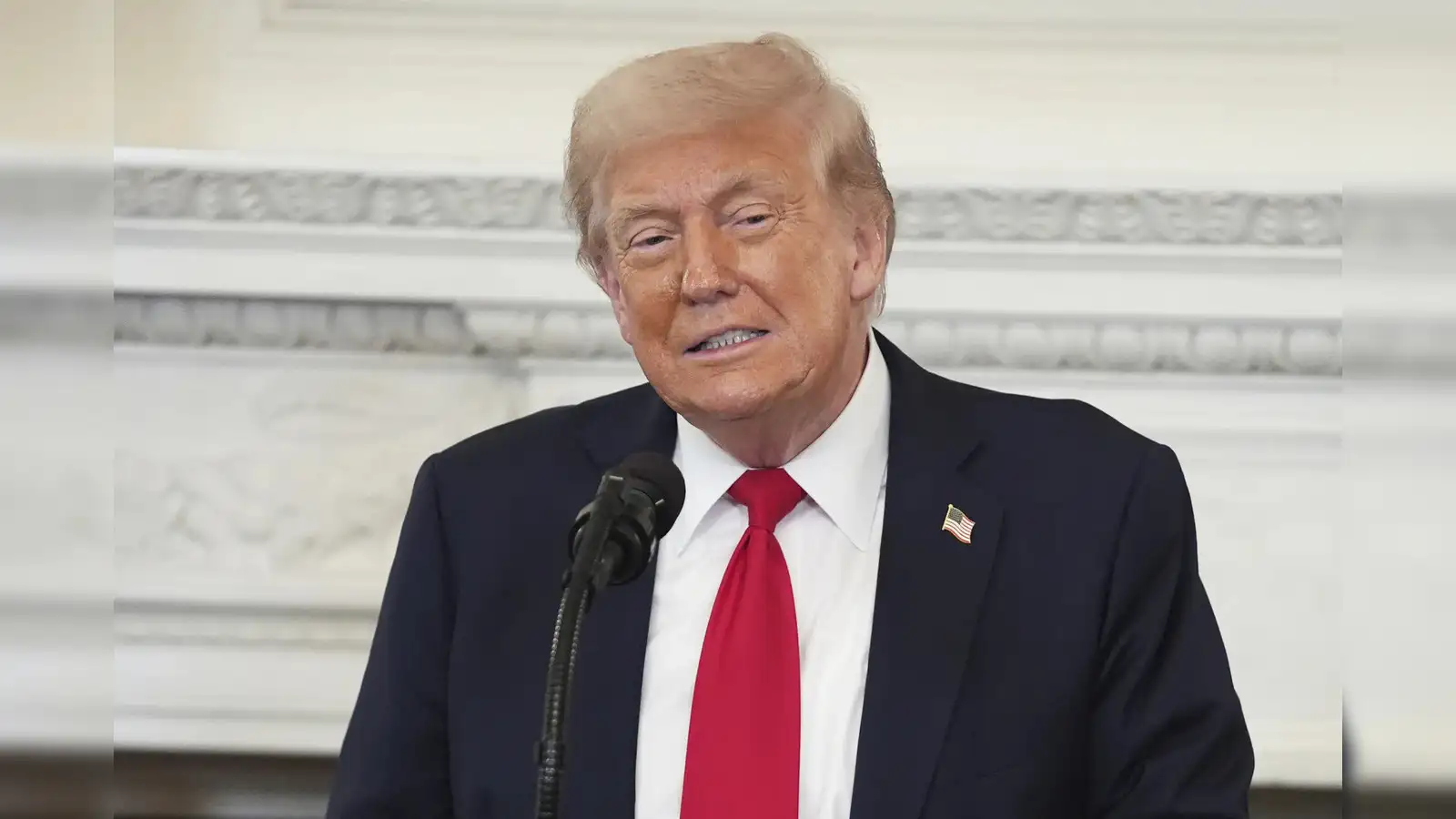Trump’s AI Plan to Boost US Leadership: Eased Data Center Rules and Revamped Federal Guidelines

The White House has unveiled President Donald Trump’s ambitious national strategy to make the United States the global leader in artificial intelligence (AI). The newly released plan targets streamlining data center regulations, eliminating federal diversity and climate guidelines, and prioritizing government contracts for advanced AI developers key moves set to transform the US AI development landscape.
Key Objectives of Trump’s AI Policy
- Position the US as a world leader in AI innovation
- Accelerate data center and AI infrastructure expansion
- Revise federal standards around content, speech, and DEI
- Prioritize government support for frontier AI models
- Boost domestic manufacturing for AI hardware
- Expand global influence through AI export controls
Streamlining AI Data Center Regulations
One of the plan’s cornerstones is to make it significantly easier to build and operate large-scale AI data centers within the US. The proposal includes:
- Fast-tracking permits: AI data centers will now qualify for expedited approvals, bypassing many previous requirements under the Clean Air Act and Clean Water Act.
- New regulatory classification: High-performance computing infrastructure will be re-categorized under a refreshed National Environmental Policy Act (NEPA), cutting red tape for new development.
- Support for alternative energy: To address massive energy needs, the administration will also incentivize investment in nuclear power and next-generation energy sources, aimed at stabilizing America’s electrical grid to support AI expansion.
Revising Federal AI Guidelines: DEI and Content Standards
Trump’s plan calls for a sweeping update of the federal standards guiding AI systems. Notably:
- DEI and Climate References Removed: The Department of Commerce, alongside NIST, will lead efforts to eliminate official references to Diversity, Equity, and Inclusion (DEI) and climate change in federal AI guidelines.
- Focus on Free Expression: A new initiative places “freedom of speech and online expression” at the forefront, requiring federal AI models to safeguard these values while excluding so-called “misinformation” references.
Open-Source AI Development and Exclusive Contracts
While the blueprint encourages the growth of open-source AI frameworks for fields like healthcare, law, defense, science, and education, it also establishes that major government AI contracts will only be offered to select “frontier LLM developers.” The definition of a “frontier” AI developer was not specified.
Strengthening the US AI Supply Chain: Semiconductor and Hardware Push
A further aim of the plan is to repatriate semiconductor production, vital for both AI computation and broader tech innovation. By bringing chip manufacturing back to the US, the administration seeks to reduce reliance on foreign supply chains and add resilience to critical national infrastructure.
Expanding American AI Influence Globally
Trump’s strategy positions the US for dominance not just at home, but also abroad, with measures to:
- Harden AI export controls and sanctions: Through interagency coordination, including with the US Trade and Development Agency and the Department of Commerce, strict new rules will be introduced to limit the export of advanced AI systems and chips.
- Push US standards worldwide: The US will actively encourage the global adoption of American AI technologies and regulatory frameworks, aiming to set the international standard for AI development and deployment.
Industry and Economic Impact
This sweeping AI plan is expected to reshape the US tech sector, stimulate rapid AI infrastructure growth, and increase competitiveness against global rivals in the race for artificial intelligence dominance. It also signals a new regulatory and economic era for American data centers, chipmakers, and open-source developers, while fueling debate about content standards, DEI, and the future balance of innovation and oversight.





